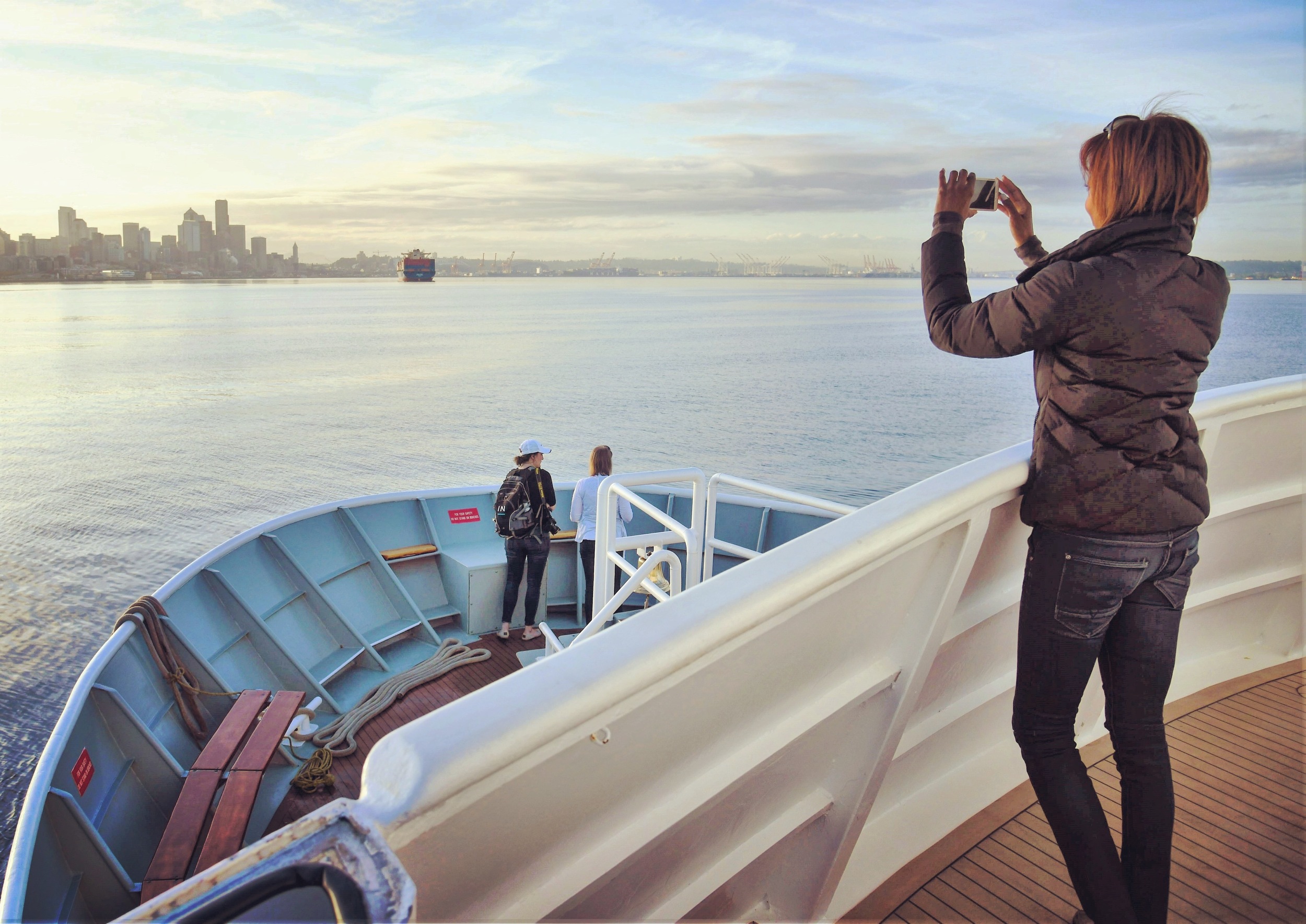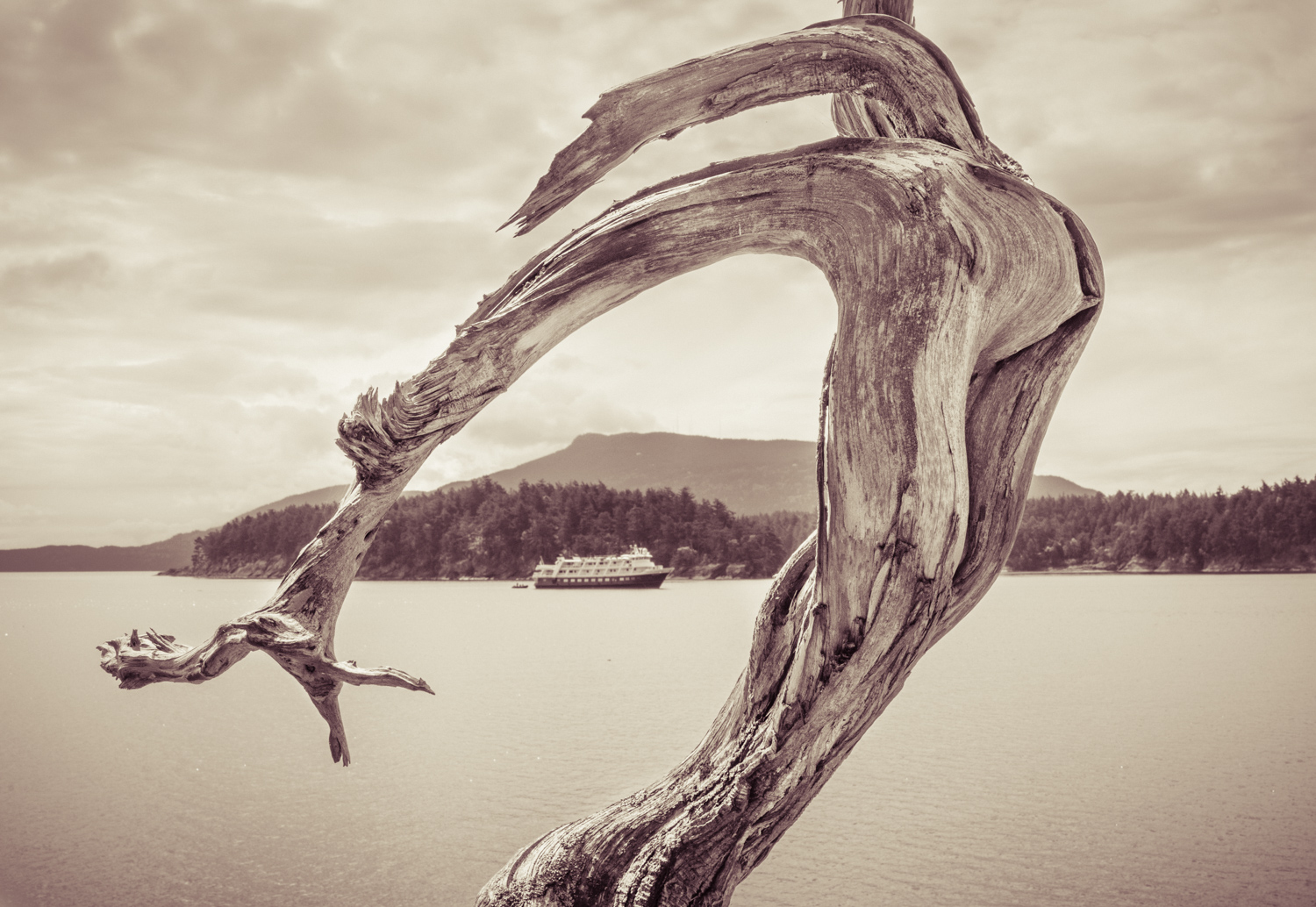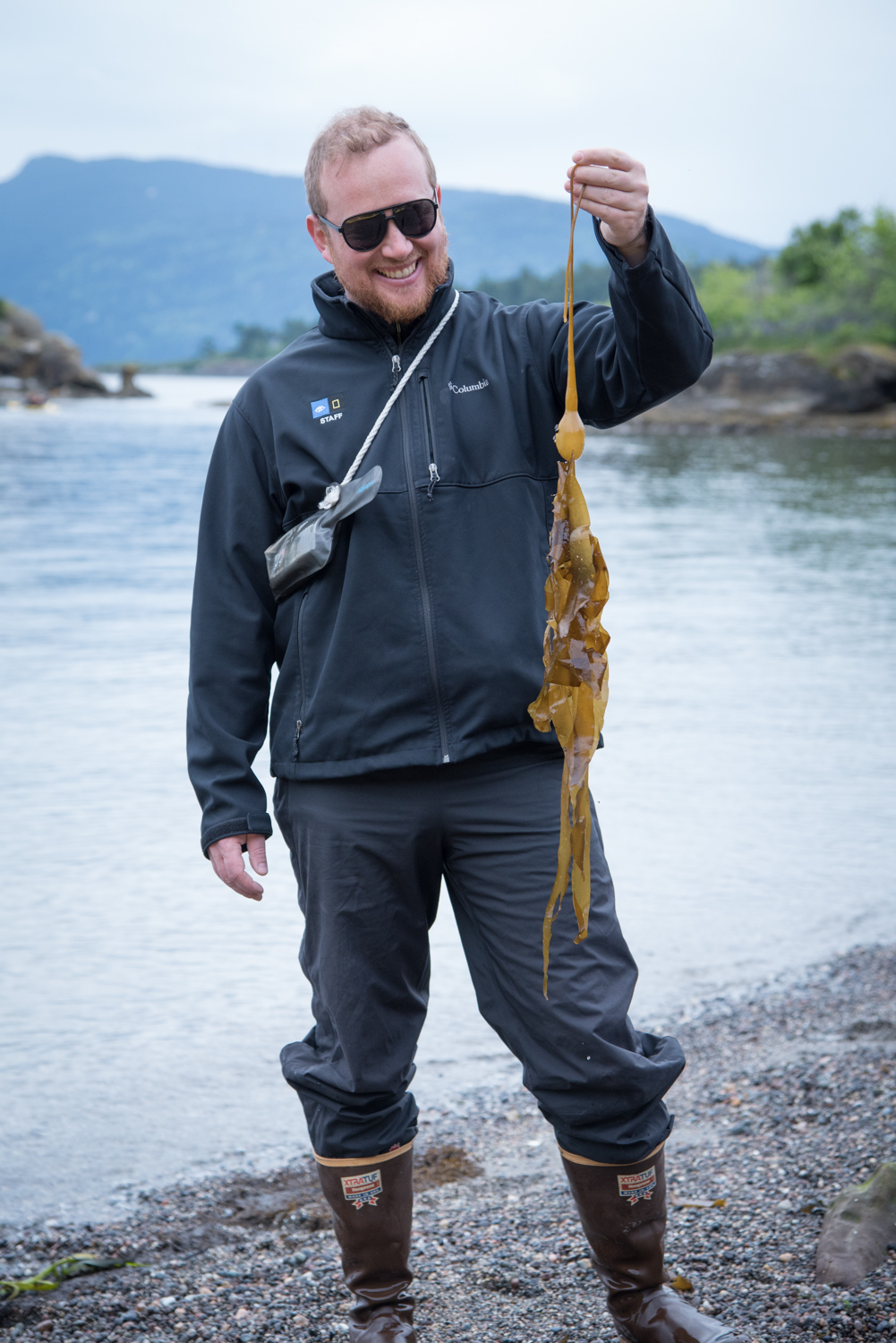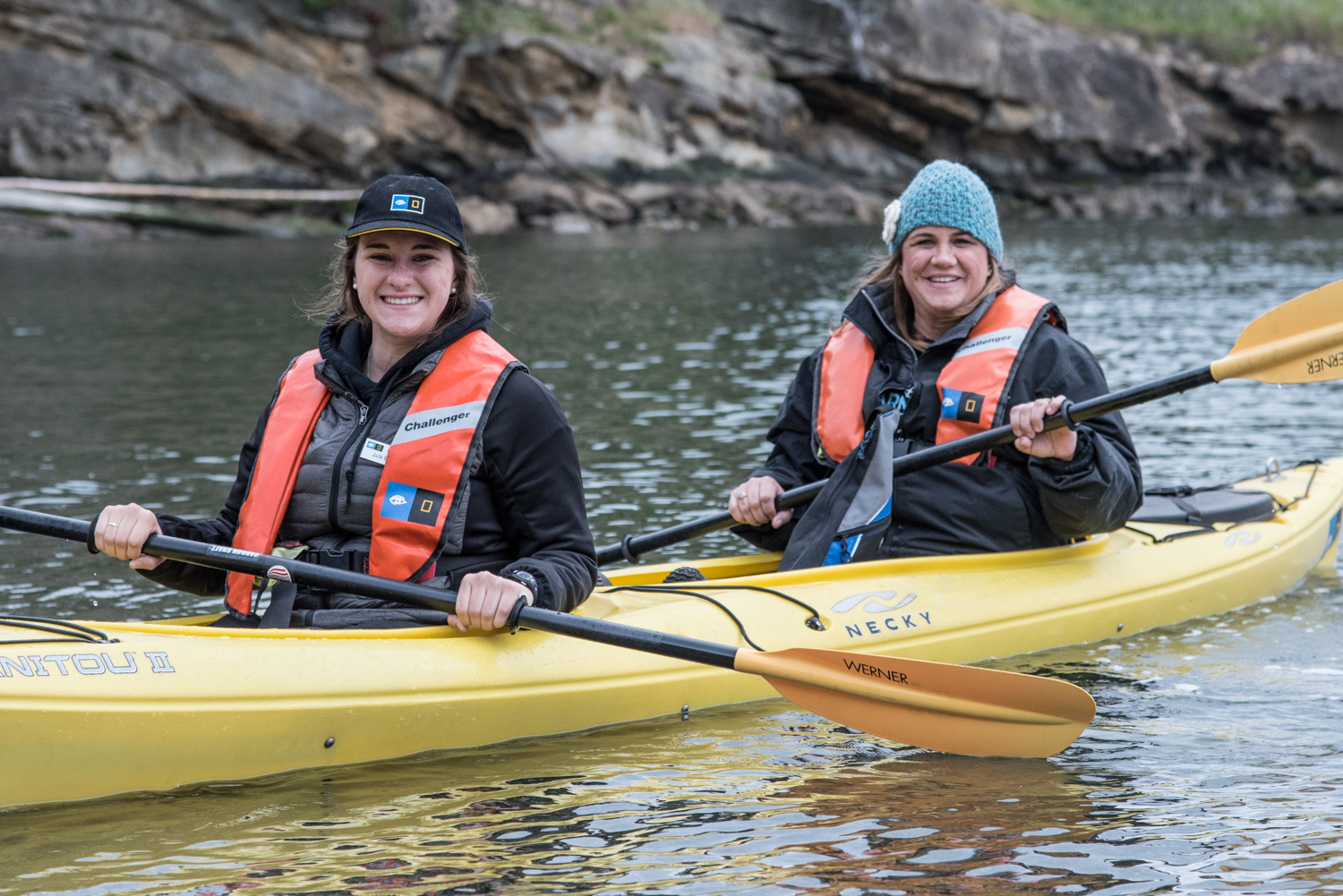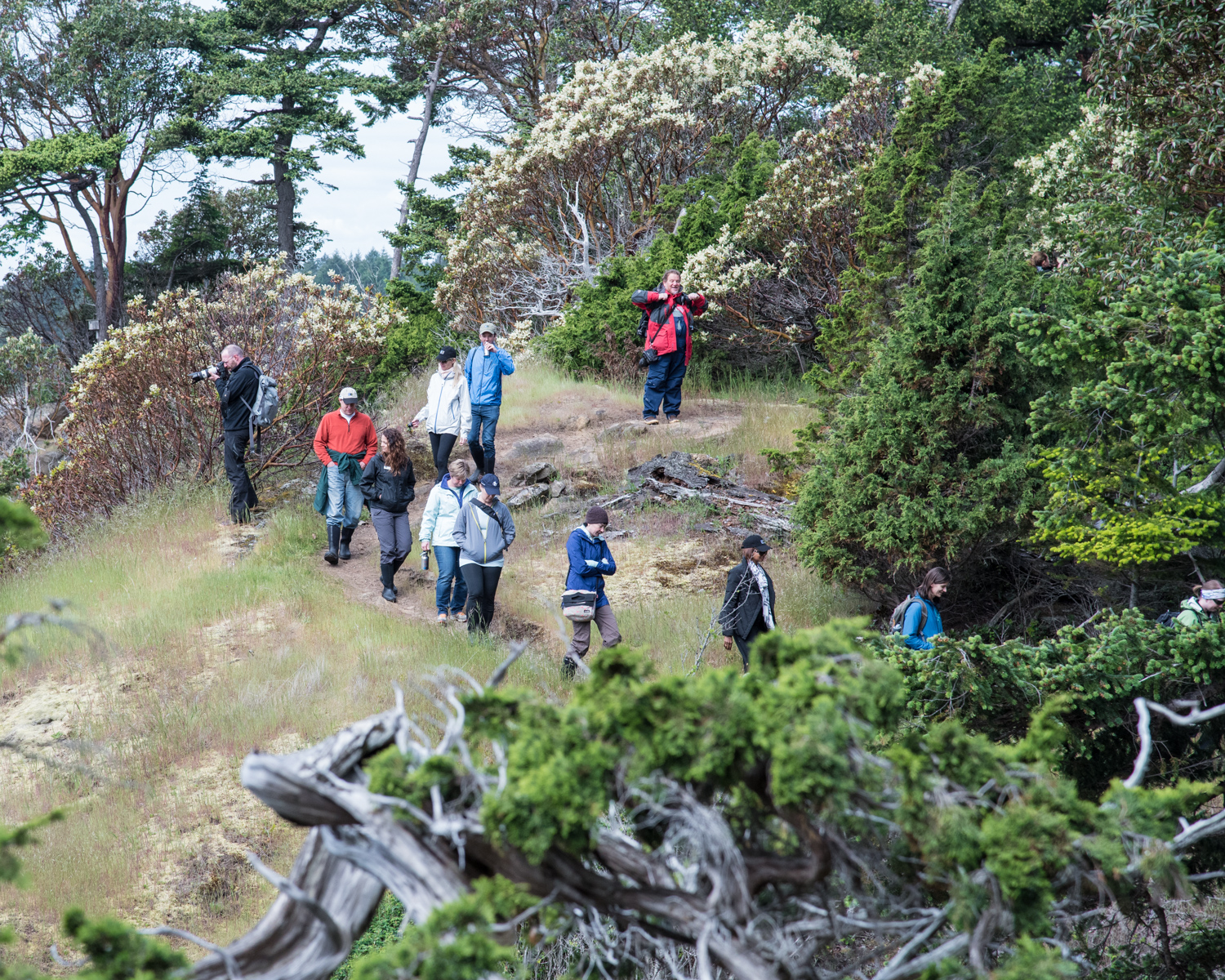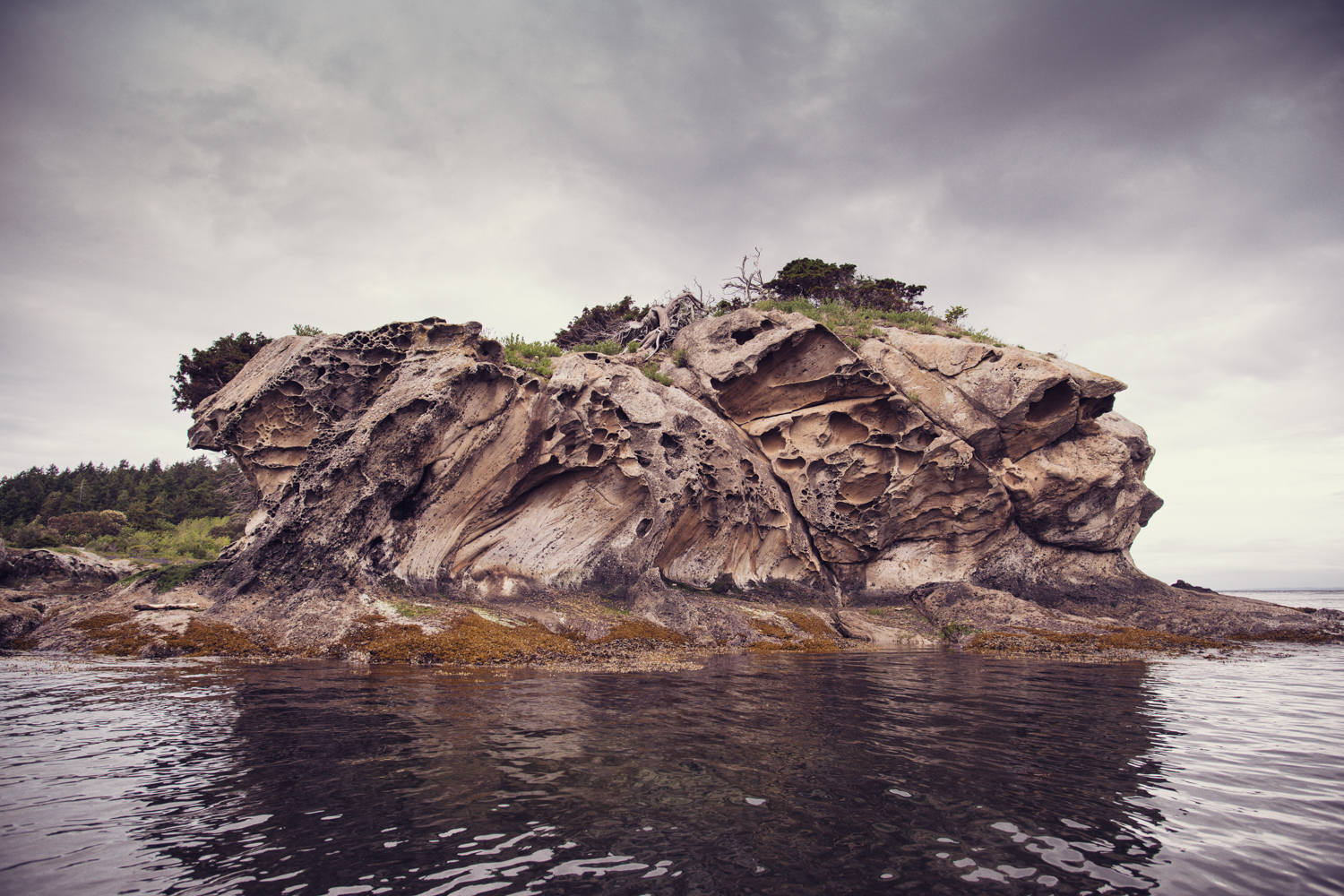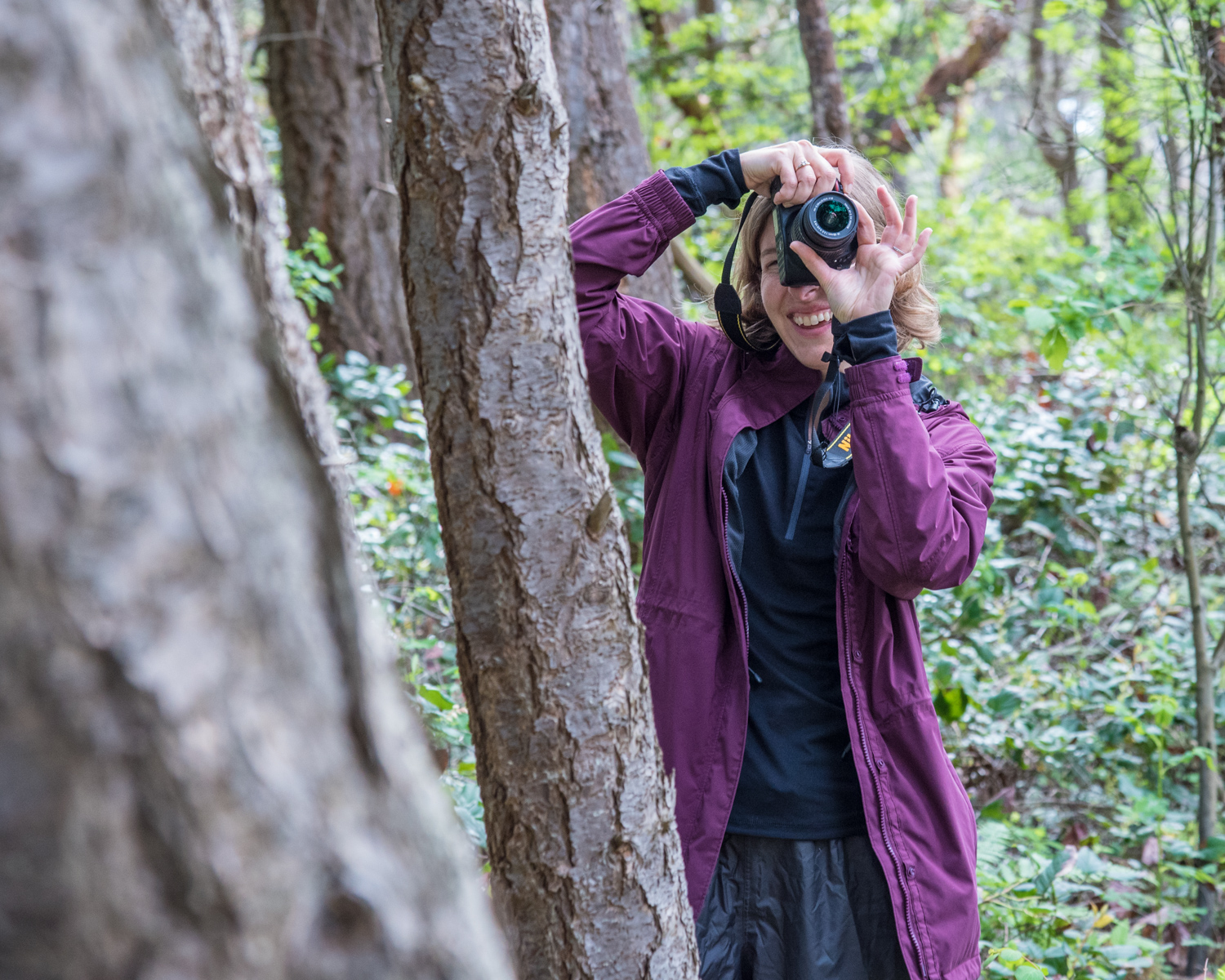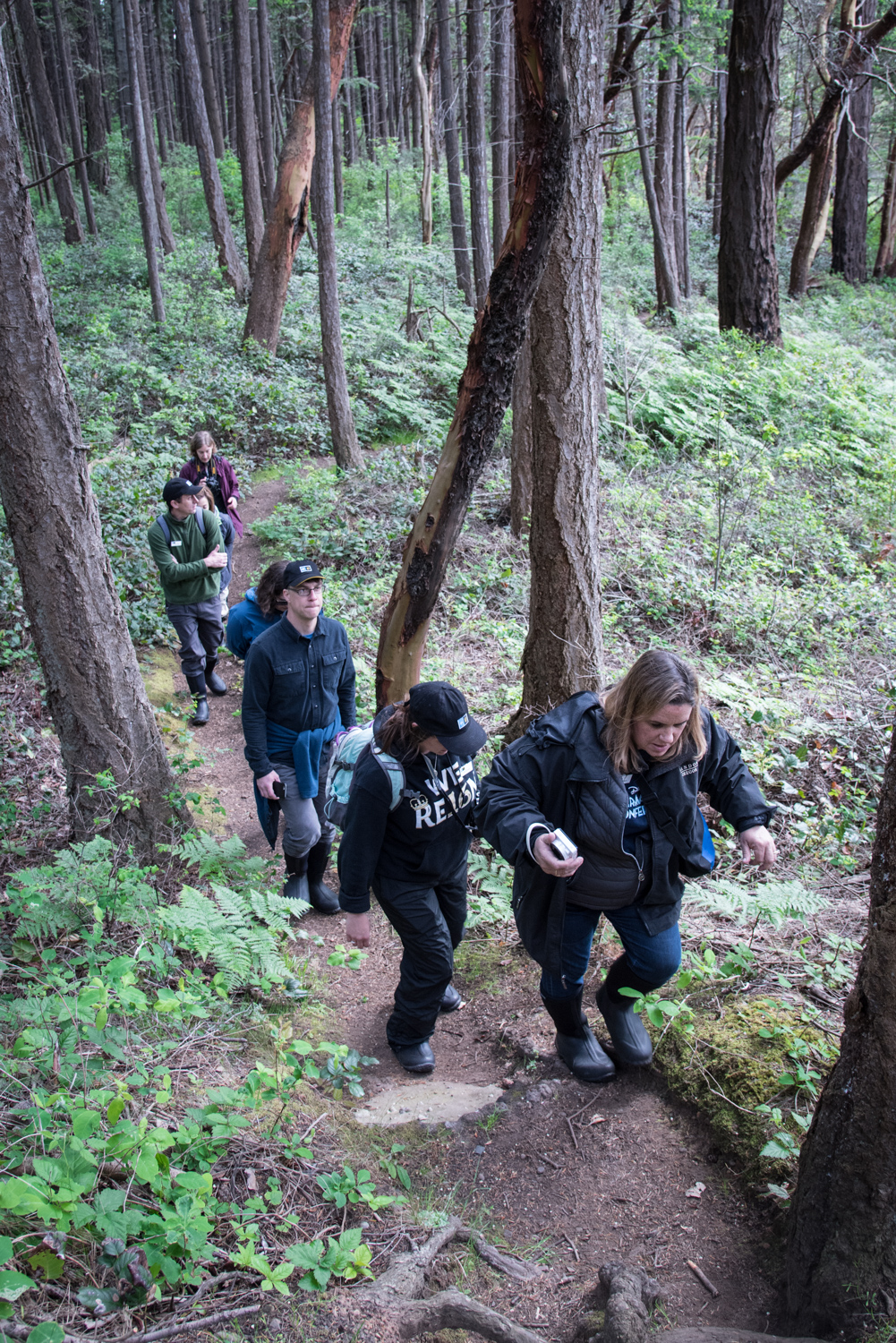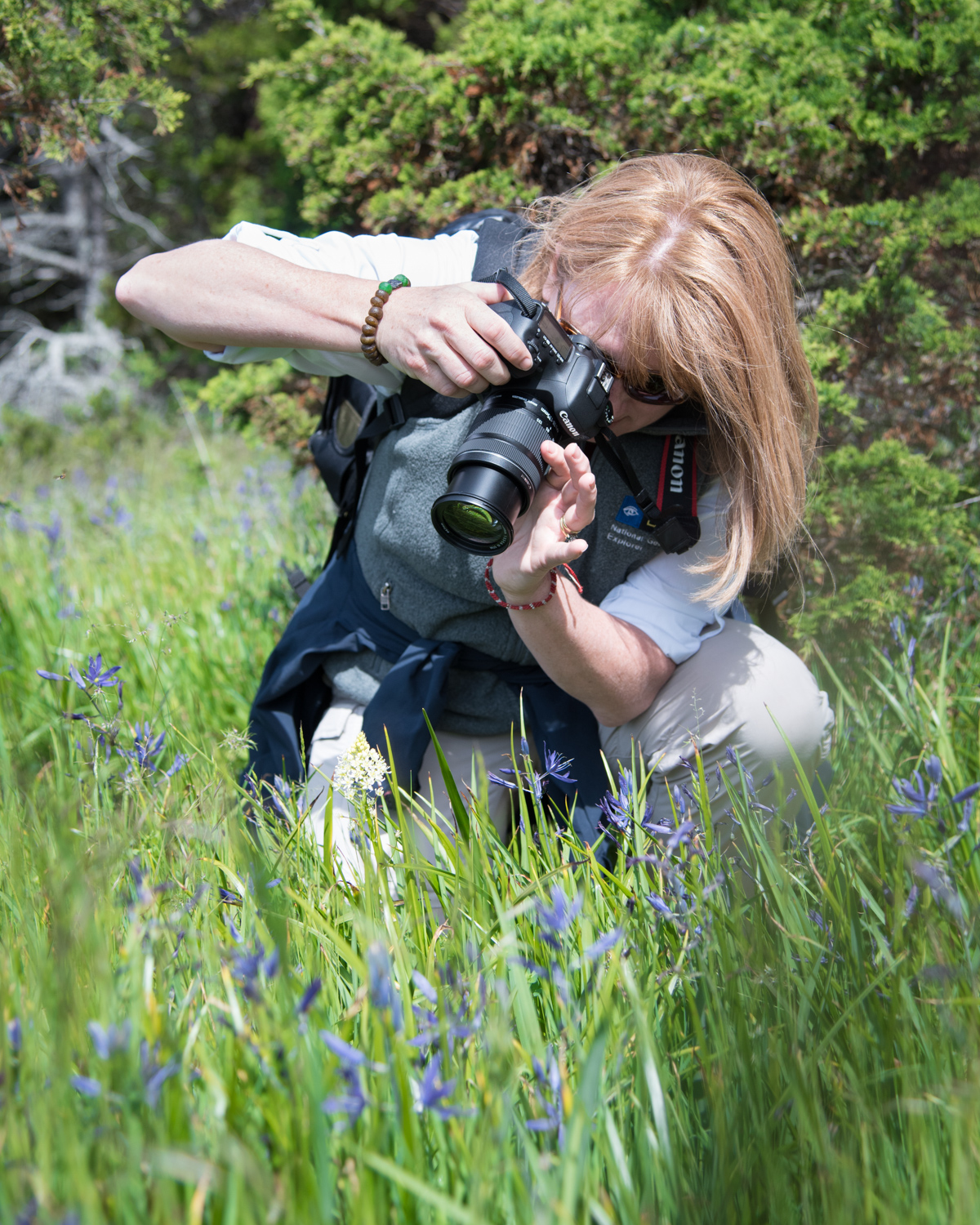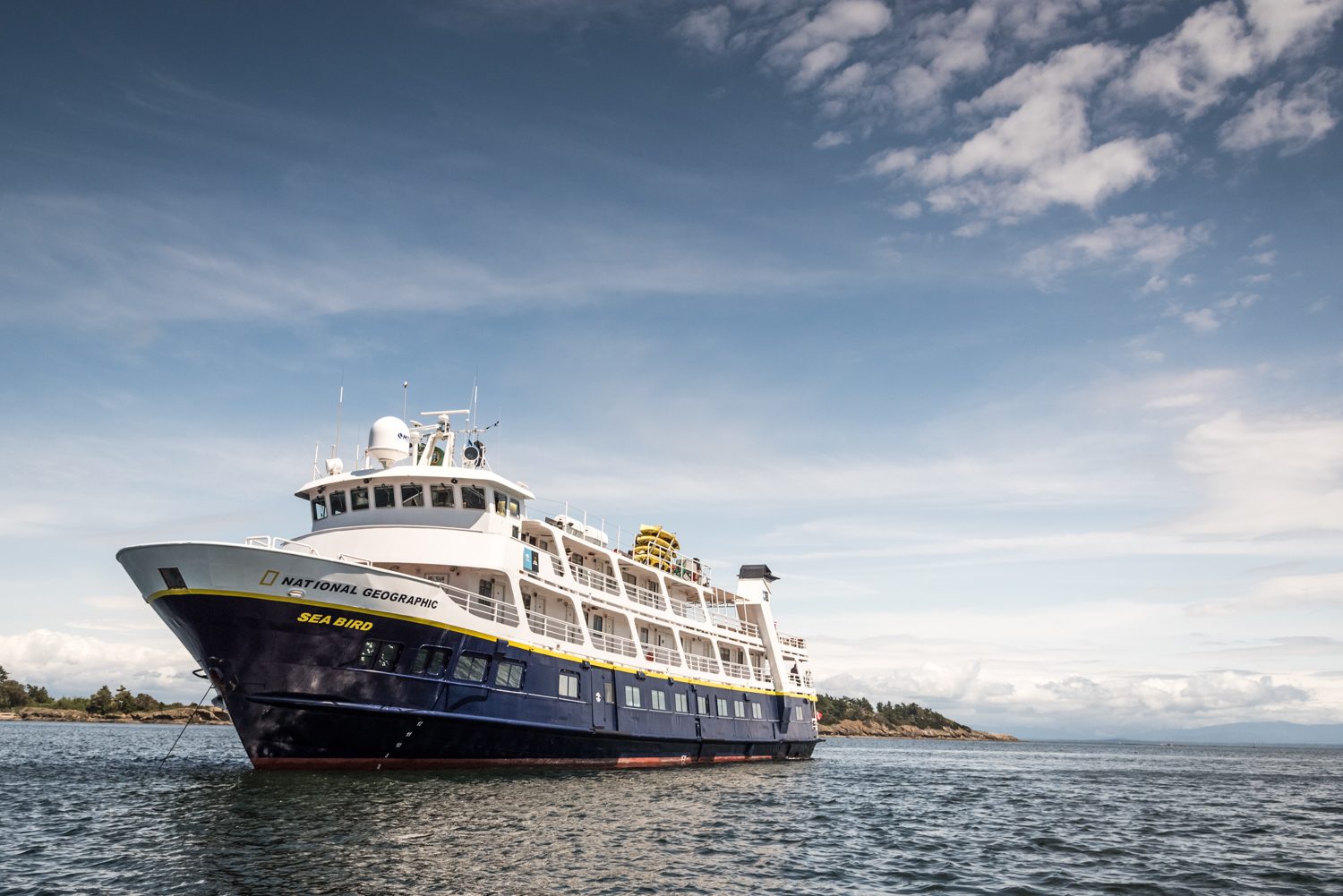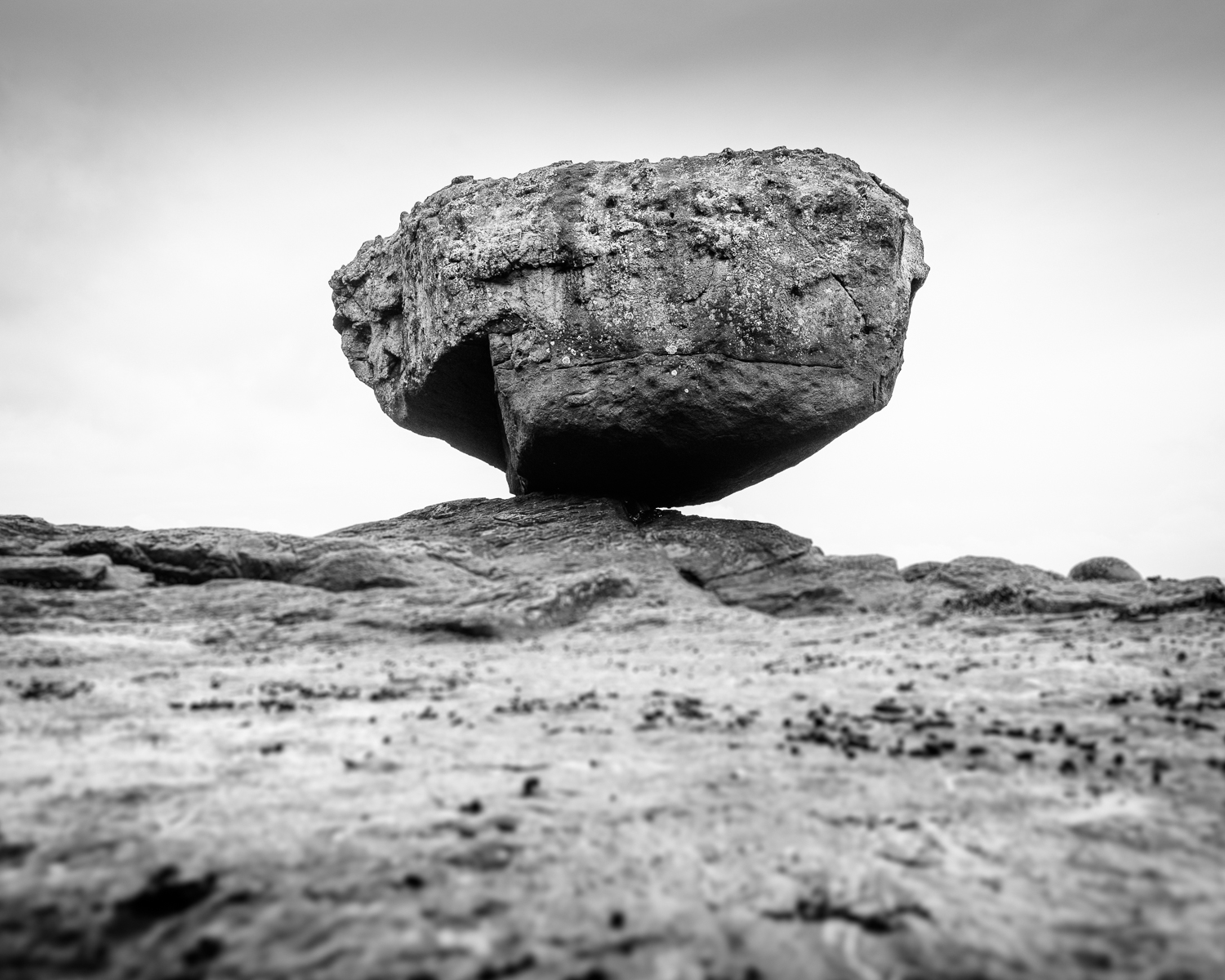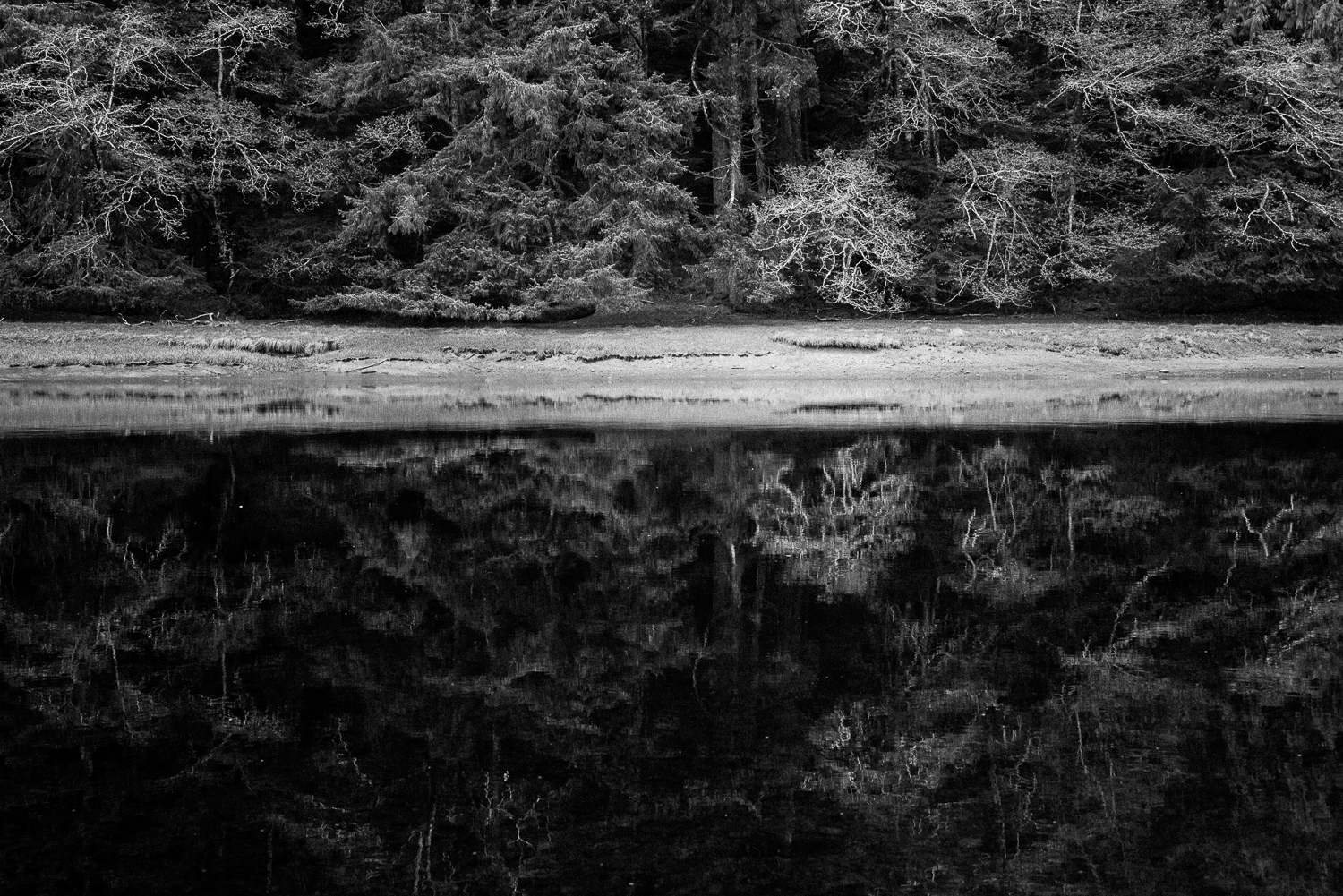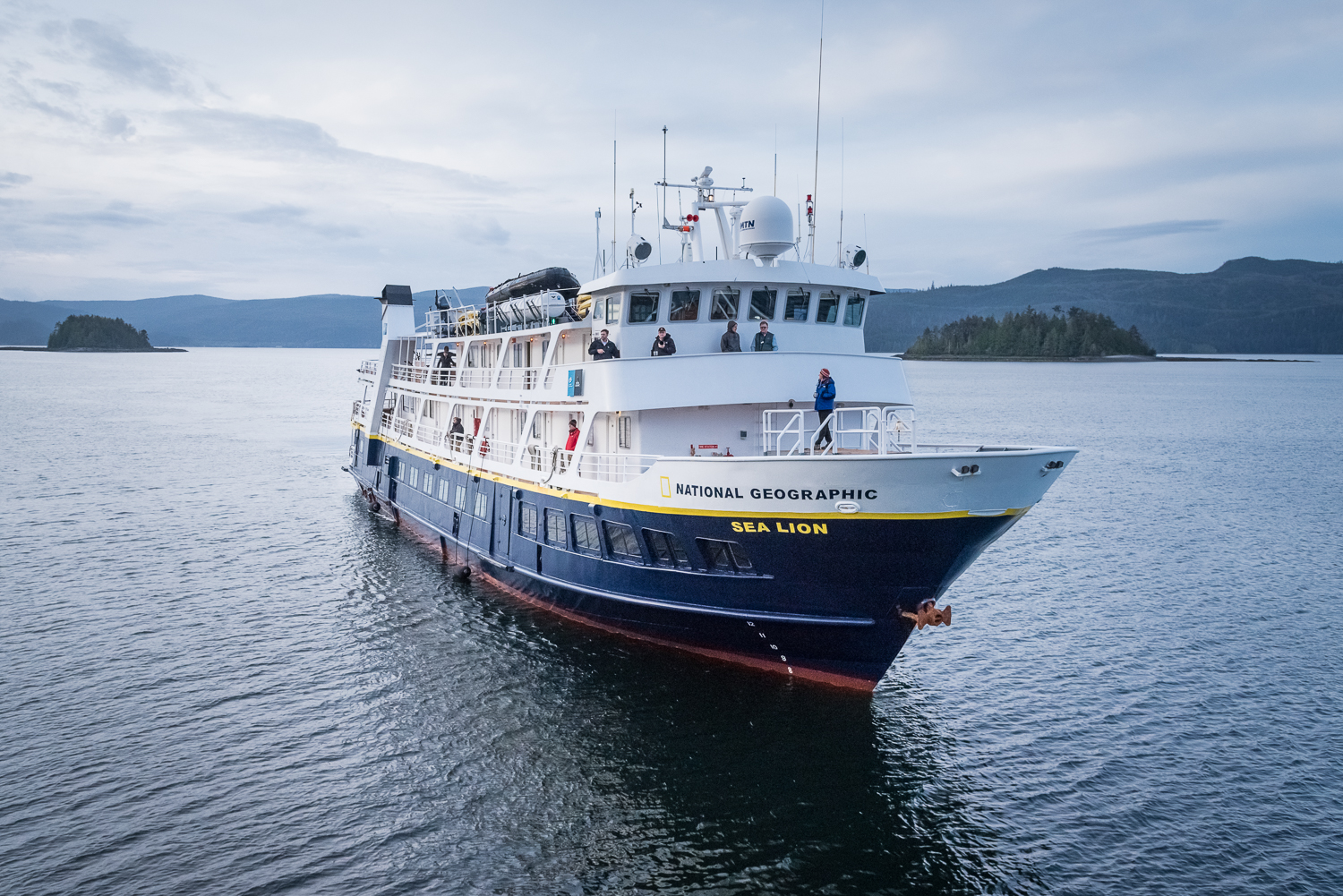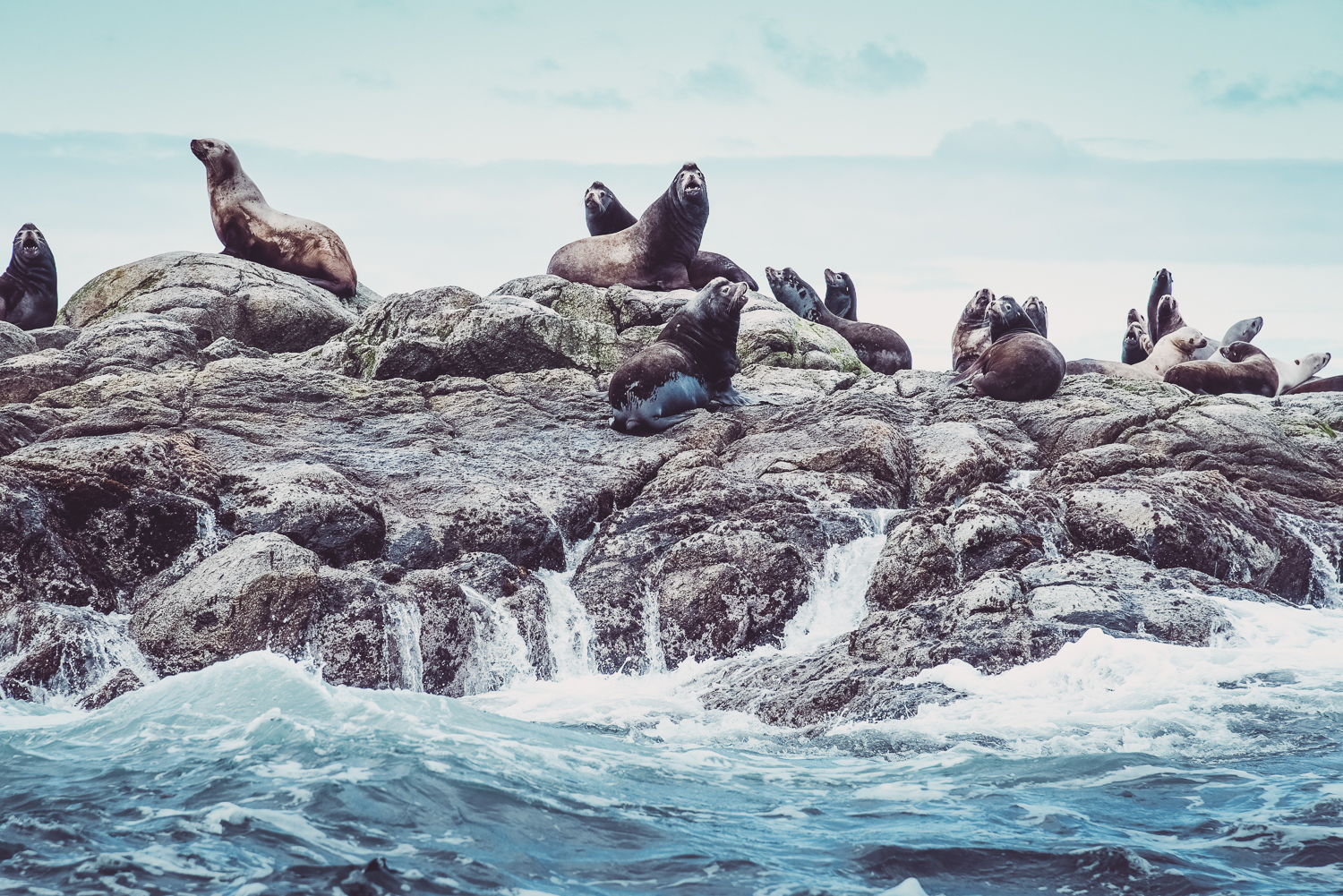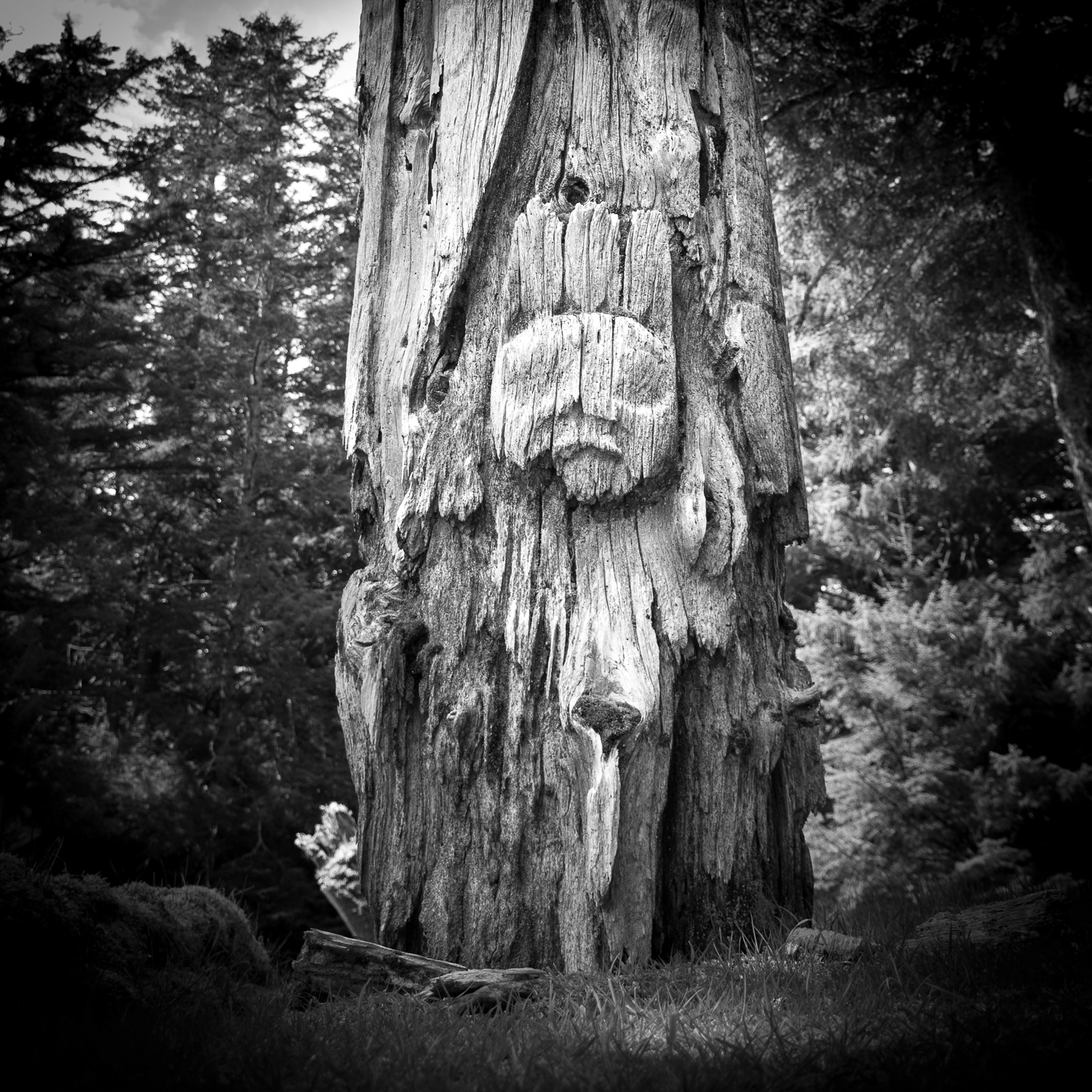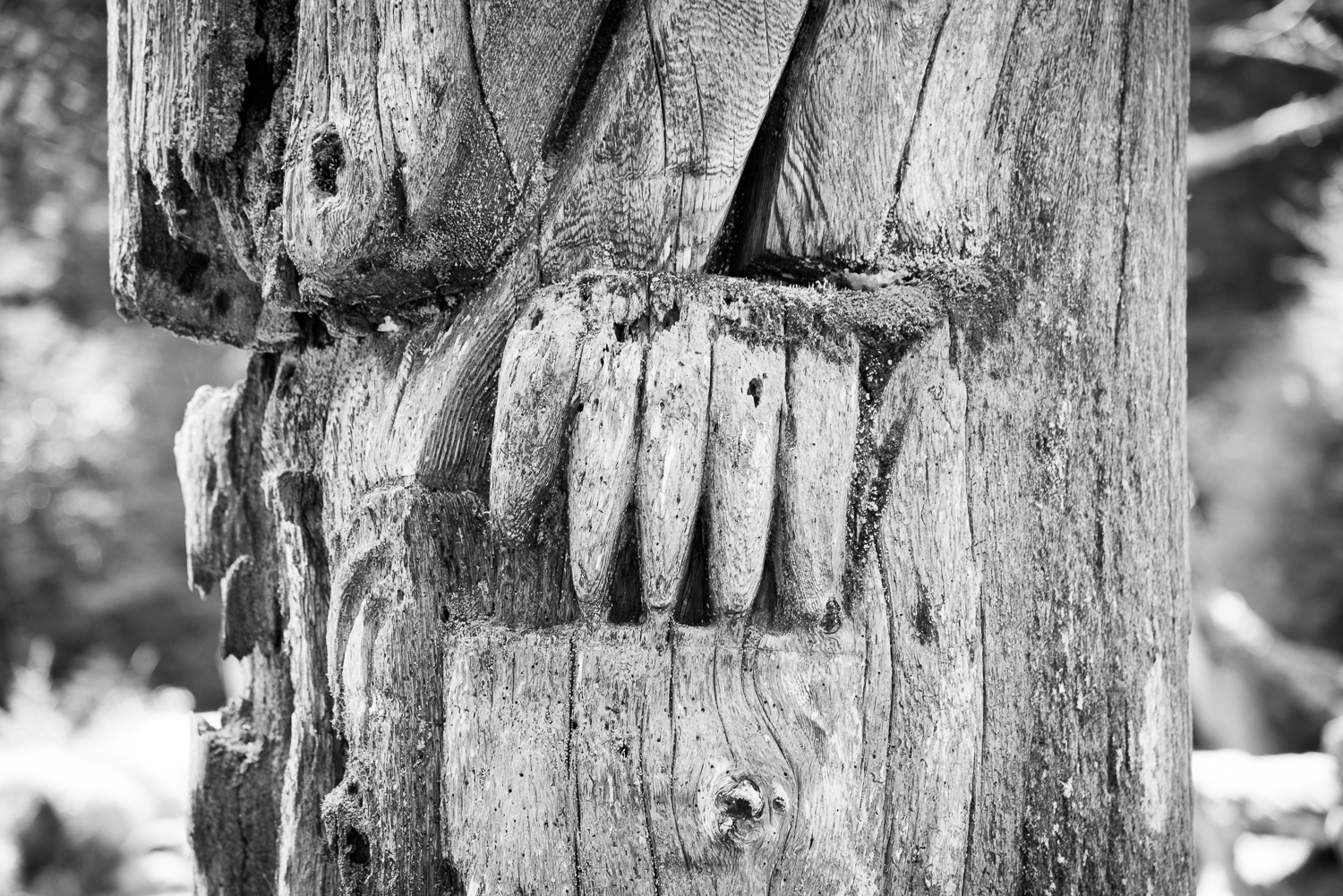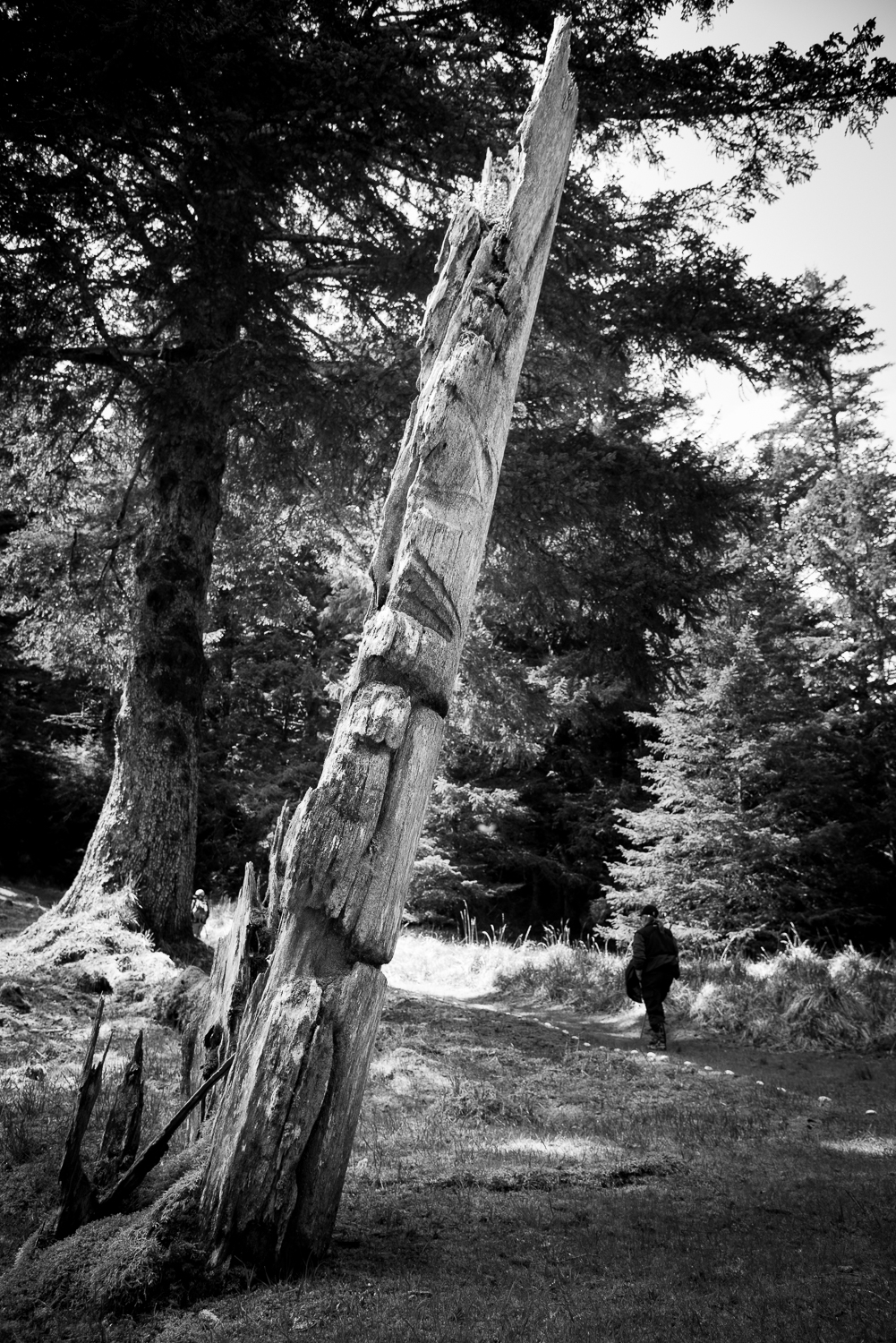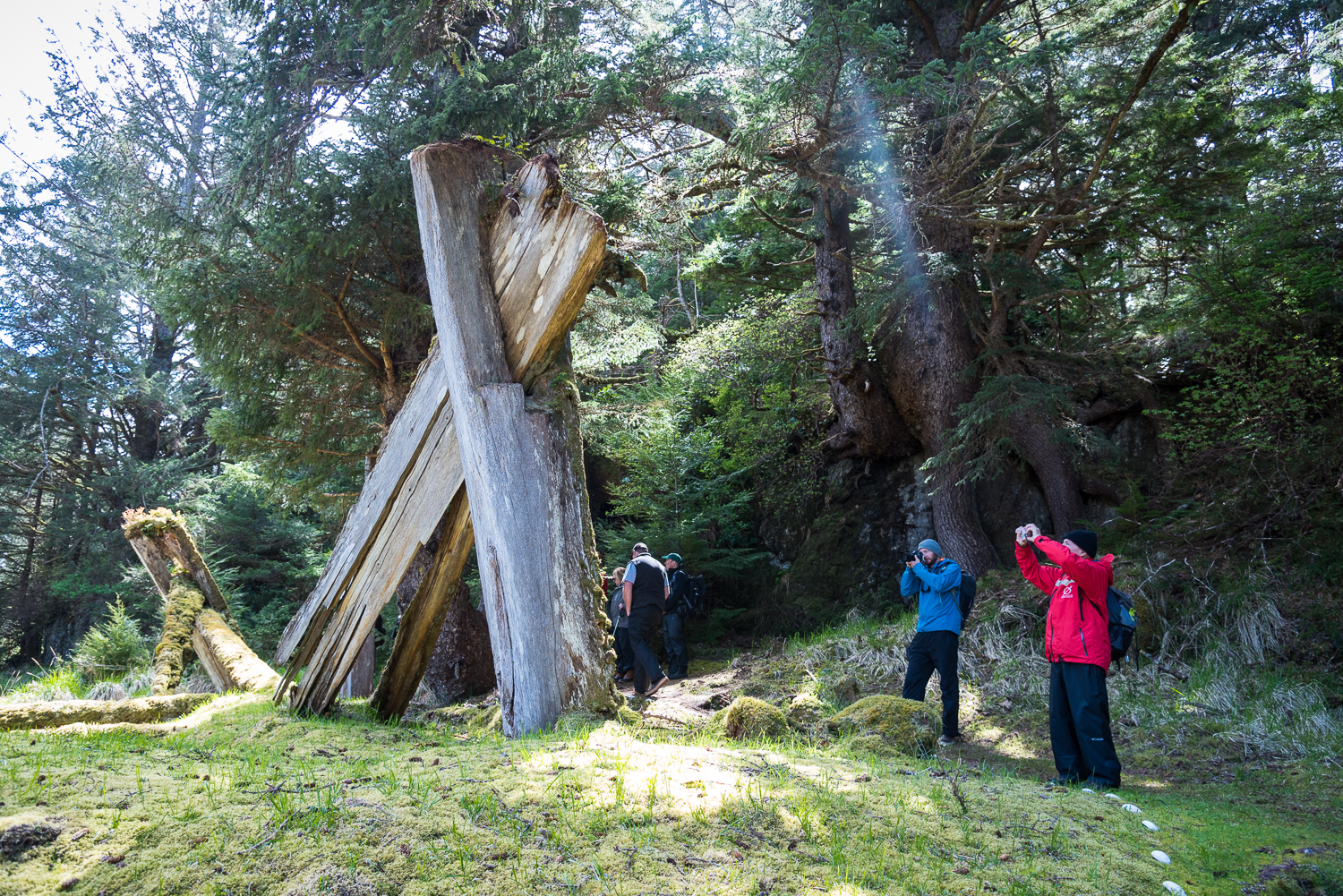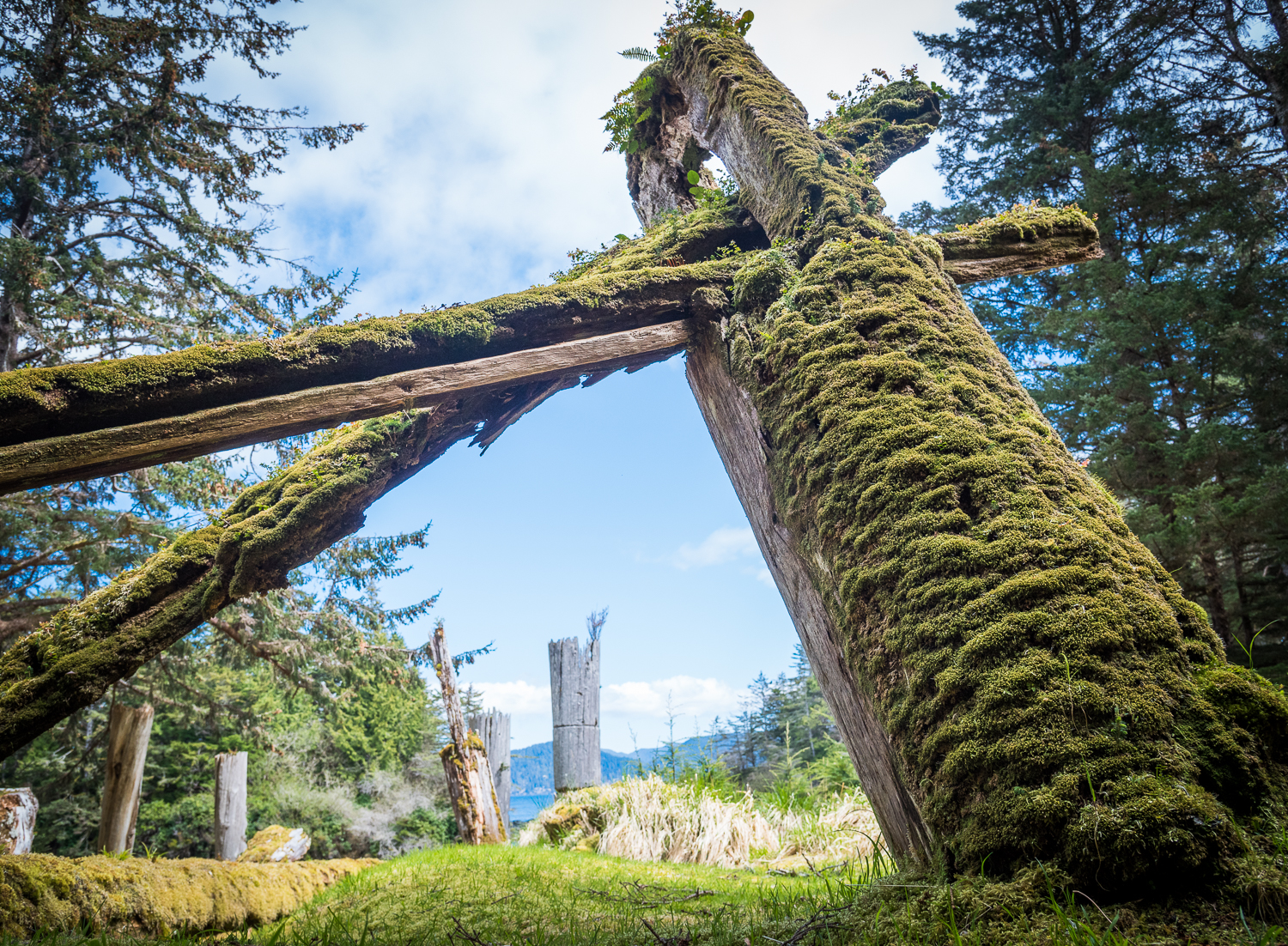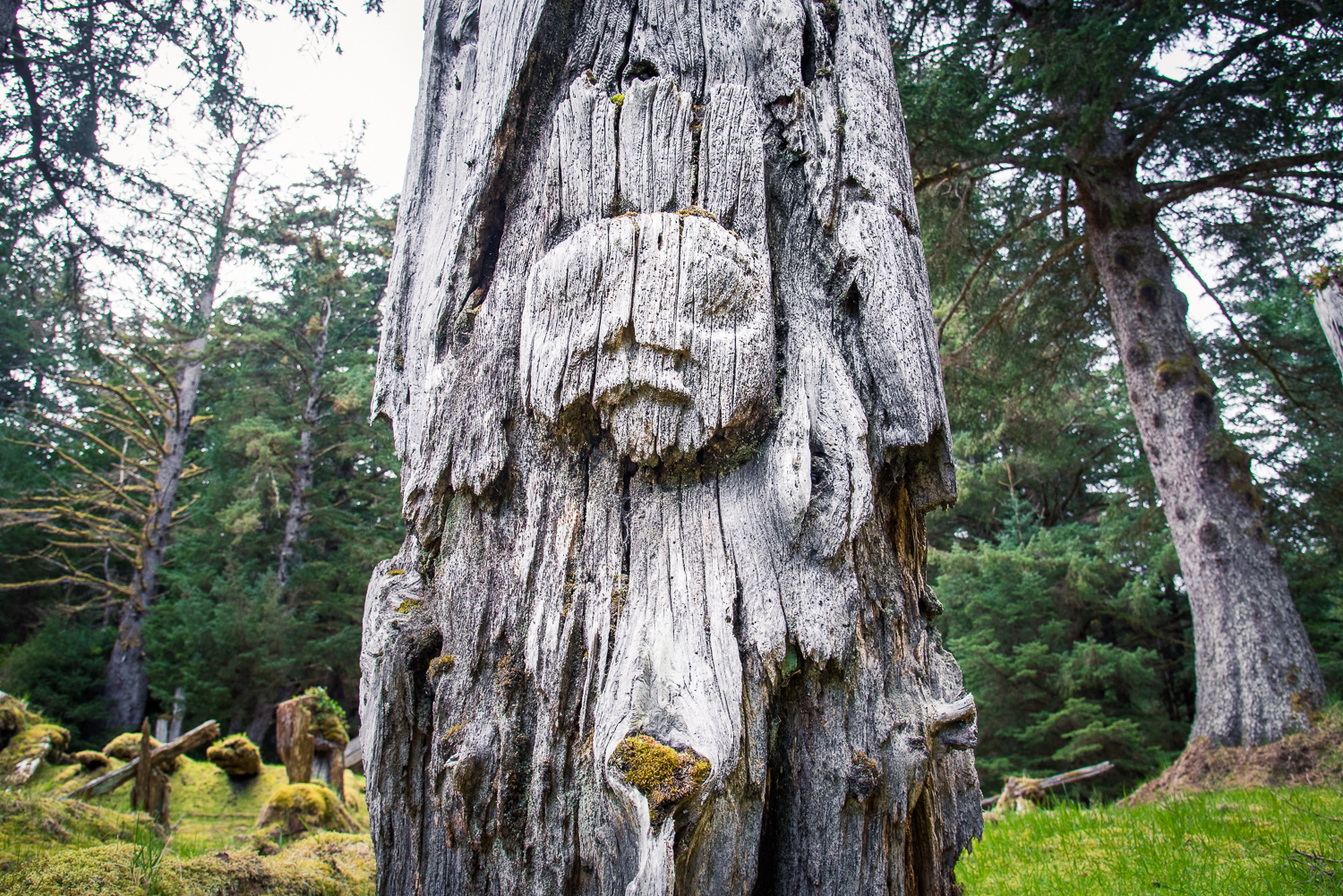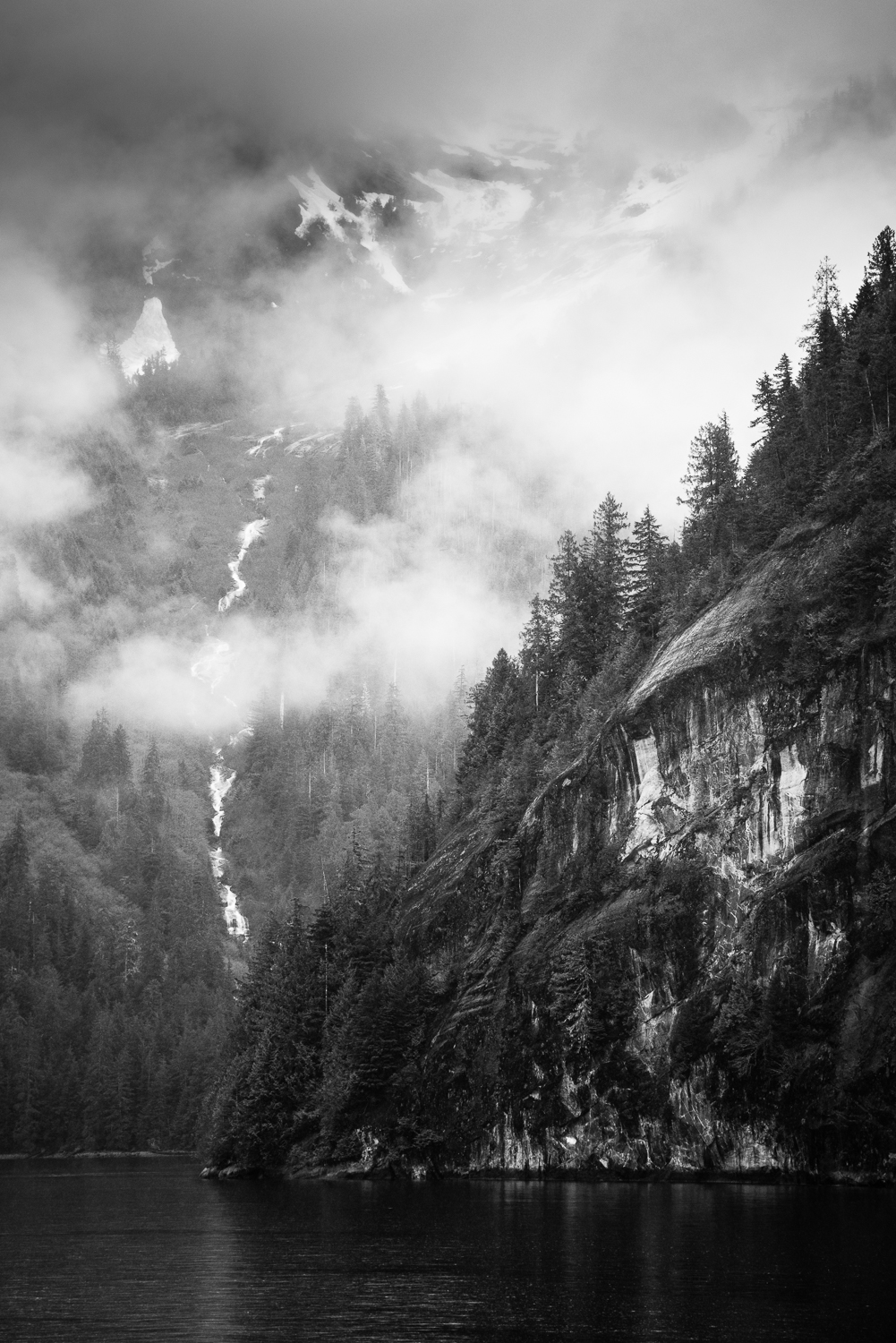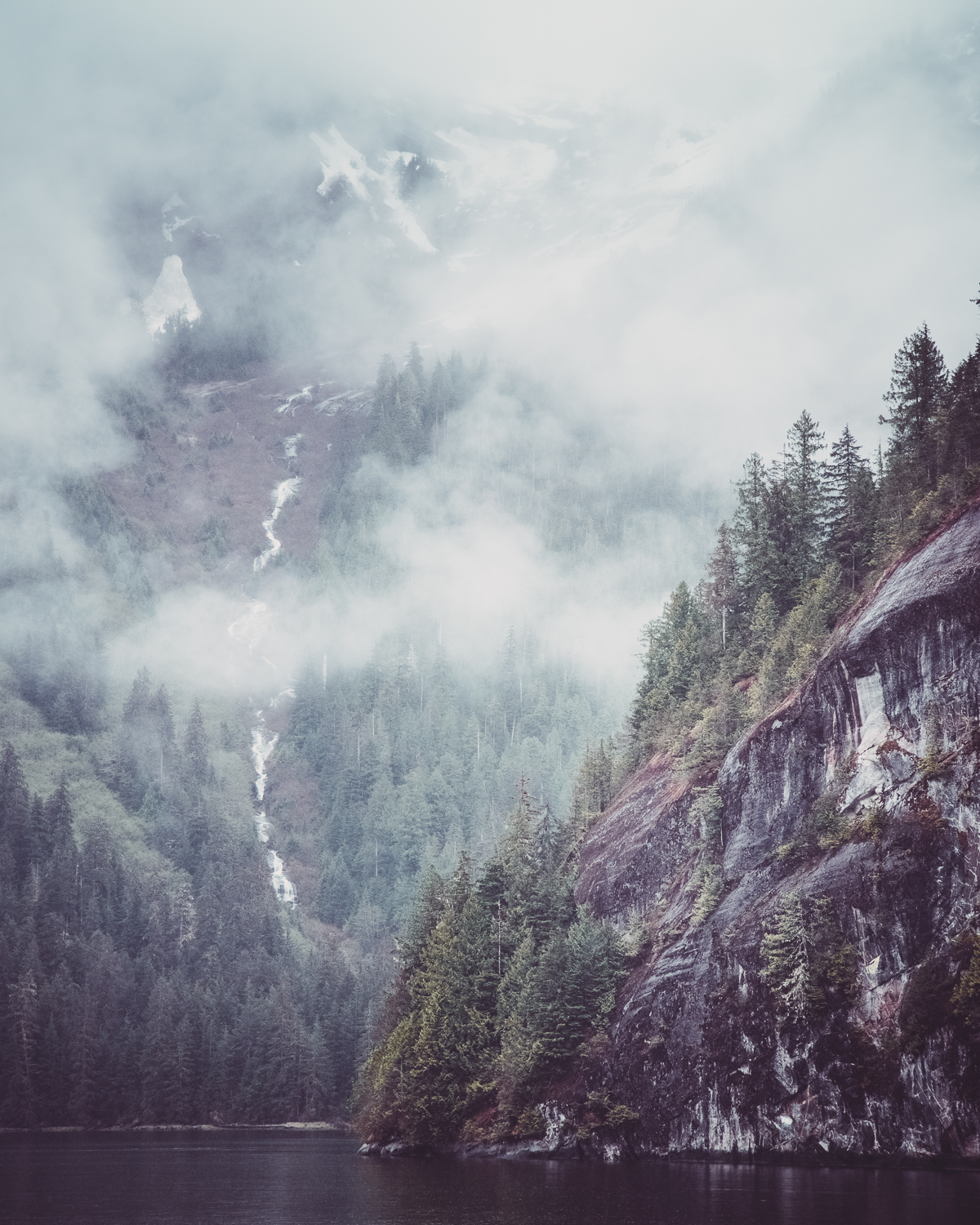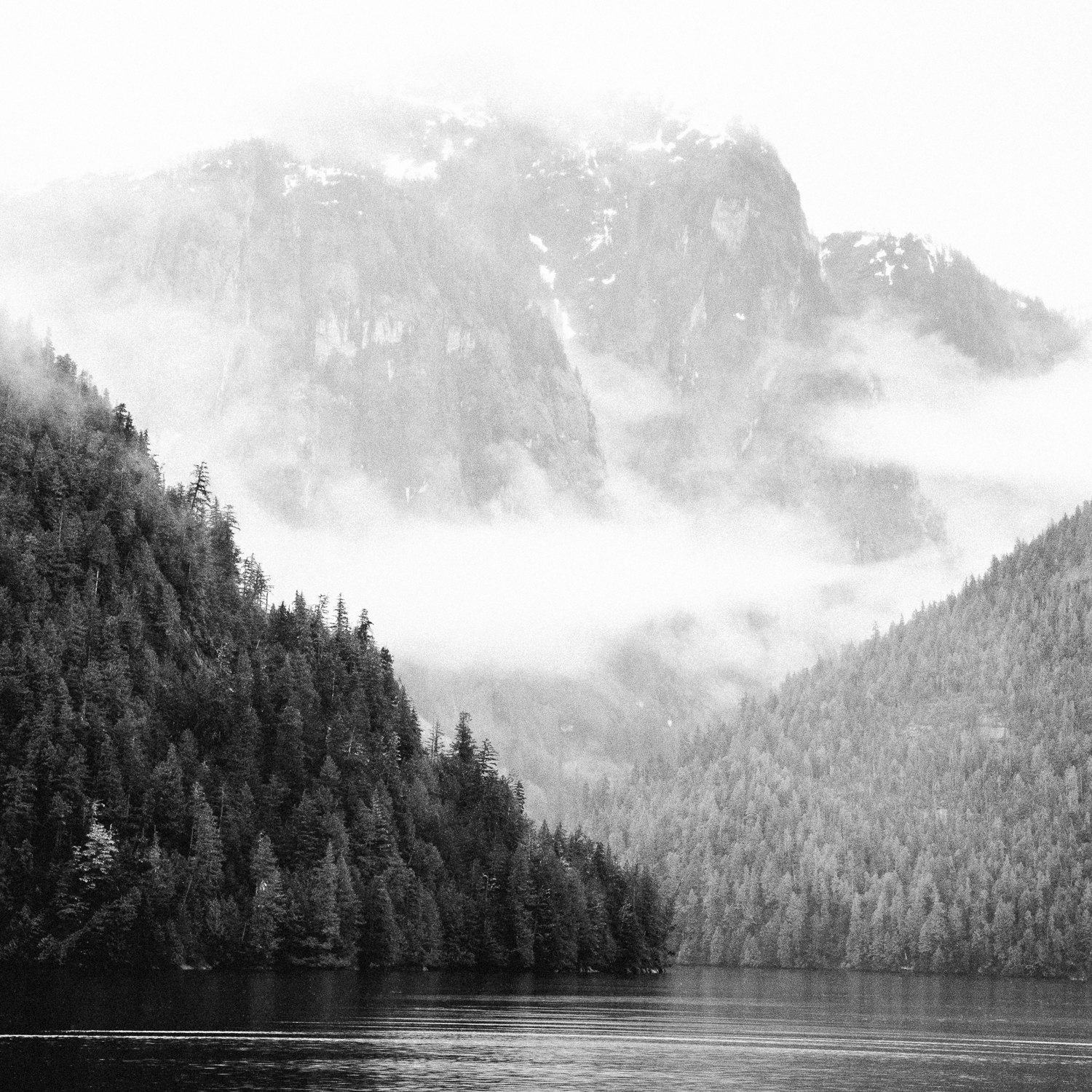The "Just go!" Manifesto
There’s the blogger girl, the travel hack genius and the wandering nomad whose life you really want, the couple who sells everything and hits the road, the fearless adventurer, and the people who know exactly what to order at that amazing restaurant in Marrakesh.
I love these people. They inspire me. But I'm not them.
There’s the blogger girl, the travel hack genius and the wandering nomad whose life you really want, the couple who sells everything and hits the road, the fearless adventurer, and the people who know exactly what to order at that amazing restaurant in Marrakesh.
I love these people. They inspire me. But I'm not them.
I’m the “just go” guy.
So, should I go to Barcelona or Beijing?
I’m not that guy either.
I’m the “just go” guy.
Well, then what good are you?
I think a lot of good. Because since studying abroad and throughout a 15-year career in international education and expedition development, I’ve learned that every trip is life changing. It's not always what you seek, but you gain something from every new adventure, near or far. And 99% of all trips end before they even start.
Let me reiterate: 99% of life-changing trips end before they even start.
So, while I’ll gladly recommend other people who can help you finance your trip, save money while you’re there, or tell you where to go and where to avoid, I will focus on getting you out the door.
When I graduated college, a brutal case of mono laid me out for weeks. I became so gripped by a post-grad depression that I couldn’t see myself doing anything. Then a door opened—a call from a friend and the opportunity to work aboard a small cruise ship. I wavered for a while, but eventually disregarded my disdain for The Love Boat and sudden-onset muteness when placed in front of groups. I became obsessed with the opportunity to travel, and of seeing Bora Bora in particular.
I went for it not knowing where I’d go, who I’d travel with and, frankly, how the hell I was going to do it.
While the destinations themselves offered opportunities for adventure, the surprising value came from my passengers, groups of retirees who lived like it was the last trip they would ever take. These incredible people helped me see into the future, to mine the qualities that make for a great life, which I strive for (then fail at and strive for again) every day. They are the inspiration that helped to write my free download, 6 Ways to Find Happiness on the Horizon (Lessons from My Year at Sea with Retired America), which you receive when signing up for the monthly travel inspiration email (details below).
See, I wouldn’t achieve my goal of visiting Bora Bora by ship until 12 years after I set out. In that time, I worked to send college students on international internships and developed expeditions in Alaska, British Columbia and Central America for Lindblad Expeditions and National Geographic. I’ve been able to do and see so much more than Bora Bora (which is amazing, btw!) all because years ago something inside me said, “Just go!”
Now, if the only thing I ever did for you was to say the same, I’d be pretty easy to say, “Ummm, no,” to. And it would be annoying as hell. So, what I really want to do with this site is help produce in you a "why" so strong that going is easier than staying put.
I’ll do this by sharing:
- Stories of my experiences, the lessons gleaned from those I’ve traveled with, stories of others who who've gone on a journey and returned with valuable info
- Curated news stories of awesomeness all around
- A podcast/blog featuring interviews with successful people from all walks of life who share how a particular trip helped to shape them into the person they are today (coming soon)
- Reading suggestions, folks to follow, and quotes that deliver as much wisdom as a 300-page book (I will also recommend some 300-page books)
You can find it all on this site and by signing up for the monthly email. I hope the information it contains opens up your world and provides valuable and applicable insights for your next trip, whether it's to Bora Bora or a place a town over that you always pass by. Every day can be an adventure.
Thank you so much for visiting my site and reading this manifesto. I look forward to connecting.
Marc
“20 years from now you will be more disappointed by the things that you didn’t do than by the ones you did do. So throw off the bowlines. Sail away from the safe harbor. Catch the trade winds in your sails. Explore. Dream. Discover.”
The Last Time (A Toast to Exploration)
A while ago, I was inspired to write a toast for a group traveling aboard the National Geographic Sea Bird in the San Juan Islands. We were together for only two days but in that time were able to hike, kayak and spend a sunny afternoon watching killer whales feed. At one point during the hike I noticed a woman bending down to touch some flowers and I bent down to do the same. I wondered, when is the last time I did this? It got me thinking. That night, I read this. It received a great response, so I'm sharing it here with you:
The Last Time (A Toast to Exploration)
When is the last time that you knelt down and felt the ground beneath your feet? When you ran your hands over juniper roots or purple petaled wildflowers, and wondered about the world around you?
When is the last time that you noticed a sweetness in the air, and breathed deeper to fill your lungs, purposefully, wakefully?
When is the last time you didn’t care about getting your shoes wet? Or lying on the ground because, hey, that’s the only way to get the shot?
Or when you stopped—just stopped—and in the silence of the forest, listened to a bird’s singular song?
When is the last time you said wow? Or tasted something so delicious you put your fork down to really taste it. Or when you were consumed with anticipation—for killer whales this afternoon, or, maybe, for dessert tonight?
Did these times make you feel excited? Awake? Alive? For me, all of the above. If you felt the same, we should cherish that. But here’s the thing about last times. We cannot let them be the last time—not for ourselves, not for others.
This world is too interesting, too rich, too incomprehensibly magical to exist without us peeking around every corner, turning over every rock, asking every question. In our time here, there should not be lasts, only firsts and nexts. If we keep to that, what great discoveries we can make.
So let’s raise a glass and toast--to exploration, to inspiring others to explore, and to the next time that we can all do it together.
~Thank you.
The Magnificent, Lone Spruce
The magnificent spruce rose like no other tree in the forest. Its trunk stood perfectly straight, so thick that even with three of us and a guide hugging it, our fingertips couldn't meet. Few other trees soared as high, none as perfect.
But there was something strange about this spruce. From its base, it took at least fifty paces in all directions to reach the nearest tree. The ground around it was clean except for a few bare rocks, while the rest of the forest was covered in spongy mosses and brush.
"It's like that big one moved itself away," I said, immediately feeling silly for saying it.
No one heard because they were crawling with the guide and studying the different types of moss on the forest floor. I knelt with them, noticing that what I first saw as a green swath was actually a network of different mosses, each with a different shape and texture and shade. Rocks covered in bright orange and red lichens dotted the green carpet.
"These lichens secrete acids that break down the rocks over time," our guide said. "That helps create new soil. And you know, if you dig below this moss, you'd find what's called the mycorrhizal network."
We looked closer.
"The mycorrhizal is a web of fungus beneath the surface that connects these trees. The cells interact with the root cells and share carbon and water and nitrogen and hormones. Even defense cells and information. You could say that they talk."
We drew closer to the ground, as if we'd be able to listen in.
"See the biggest trees around here? Chances are they are "mother trees" and have the most connections to all of the other trees; sometimes hundreds. They give a lot—certain times of year more than they receive—but when they need it, and they always do, they rely on that network to feed them nutrients or information and keep them healthy. It's a complete give and take depending on conditions and seasons. Scientists call it the "wood wide web."
We rolled our eyes at the joke and trekked deeper into the forest, wondering what other microscopic miracles we were stepping on.
On our way back, we stopped at the magnificent spruce.
"How long ago do you think it died?" my friend asked the guide.
"I can't tell," she said. "Years. You can see the forest has continued to grow. In time, it will grow back around the spruce. Something may even spring up from inside it. You never know. It's the forest we need to think about anyway. Not the trees."
If We Fail the National Parks, We Fail the Nation
US National Parks received 330 million visitors in 2017. From Alaska’s Glacier Bay National Park and Preserve to Acadia National Park in Maine, people chose to spend their time in natural American beauty. In doing so, they not only fed their souls, they contributed to American enterprise in a way that few if any other entities do (and which I’ll explain below). The President, the Secretary of the Interior and his department have the responsibility and privilege of managing that unique resource. According to the National Parks System Advisory Board, they haven’t.
Denali National Park (©Marc Cappelletti)
US National Parks received 330 million visitors in 2017. From Alaska’s Glacier Bay National Park and Preserve to Acadia National Park in Maine, people chose to spend their time in natural American beauty. In doing so, they not only fed their souls, they contributed to American enterprise in a way that few if any other entities do (and which I’ll explain below). The President, the Secretary of the Interior and his department have the responsibility and privilege of managing that unique resource. According to the National Parks System Advisory Board, they haven’t.
This week, 9 of the 12 board members resigned, citing the Secretary’s failure to have a single meeting with them in the past year, the dismissal of emails, phone calls, the failure to appoint a Director of the National Park Service among other issues. I’m left scratching my head at all of it.
But this story isn’t about the National Parks.
John Muir taught us over a century ago that “When we try to pick out anything by itself, we find it hitched to everything else in the universe.” As such, no one beams into Yosemite and beams out. Hotels, restaurants, tour operators and vendors, guiding services, grocery and souvenir stores, travel agencies, even gas stations are all affected by visitors — whether they are heeding the call of the wild, or simply want a place to picnic.
THE WORTHWILE NUMBERS
According to the independent, non-partisan research firm, Headwaters Economics, 2016 National Park visitor spending topped $18 billion in local gateway regions. This spending supported 27,000 National Park Service jobs and an estimated 269,201 jobs in secondary industries, many of which are in remote parts of the country where other employment is limited. Total economic output of National Parks visits was measured to eclipse $34 billion in 2016.
Is investing in the Parks and Park Service a sound idea? A 2011 Michigan State University report found that for each $1 invested in the NPS, the American public receives $4 in economic value. A 400% return.
Furthermore, according to the National Park Service, over 130,000 people contributed over 5 million VOLUNTEER hours to the overall preservation and management of our National Parks. This equates to $91 million in free labor*, and an immeasurable amount of respect, duty and love of country, all for our fellow Americans (and international tourists)!
So let’s marinate on all this for a second:
We have a $18 billion+/year entity (and growing!) that impacts a secondary market, receives over 300 million visitors a year, sustains over 27,000 direct jobs, supports over 250,000 secondary jobs, with over 130,000 more people choosing to volunteer for its benefit…and we’re not going to at least meet with the advisory board? We don’t have the time to appoint a new director?
Here’s where the journey to understanding gets face-palm-frustrating:
From NPR:
“In a statement Wednesday, Department of Interior spokesperson Heather Swift said the department welcomes the resignations. She called the board members’ claim of neglect “patently false,” saying the department had been working with the board as recently as earlier this month.
“The appointment of two of the individuals who claim to be resigning had already expired in July and November, and they did not seek reappointment,” Swift added in her statement. “Their hollow and dishonest political stunt should be a clear indicator of the intention of this group.”
“The terms of most of the members who quit were set to expire in May. Radelet’s term would not have expired until 2021.”
Does that qualify this as a stunt, assuming the board is truthful in their claims of negligence? Or do I believe the Department of the Interior spokesperson and dismiss it as all made up?
From the same NPR piece:
E&E News points to another area of contention between the Department of the Interior and the NPS advisory board:
“At the heart of the dispute is the Trump administration’s move in August to scrap a 2016 order by the Obama administration that called for a focus on climate change in managing natural resources in U.S. parks. …
“Among other things, the order called for park managers to make decisions based ‘on science, law and long-term public interest.’ And it said park superintendents and other NPS leaders had to ‘possess scientific literacy appropriate to their positions and resource management decision-making responsibilities.’
“Washington Sen. Maria Cantwell, a Democrat who is the ranking member on the Senate Energy and Natural Resources Committee, issued a statement of support for the resigning board members.
“The President still hasn’t nominated a director for the National Park Service and Secretary Zinke has proposed tripling entrance fees at our most popular national parks,” she said. “His disregard of the advisory board is just another example of why he has earned an ‘F’ in stewardship.”
An experienced guide would pause our hike here and show us the serpent eating its own tail.
Having worked in tourism for over a decade, I’ve benefitted immeasurably from the wonder of our national parks and the passion of countless National Park Service employees. I was once at a travel conference were a high-ranking politician said that while he had lobbyists and representatives from energy and natural resources entities in his office all the time, he heard much less from constituents speaking up for tourism and our National Parks — even though the economic and cultural (I’ll even say spiritual) benefits are undeniable.
So, my ask: forget any he said/she said, if you care about National Parks and want to help this administration see the benefit of their stewardship, let your voice be heard. Shout it from a mountain top, better yet, type it in an email to your representatives or share it in a phone call. Then visit a National Park.
The numbers show, if we fail the national parks, we fail the nation.
*Based on the private sector value figure of $17.55/hr. as used by AARP, Points of Light Foundation, and other large-scale volunteer programs including many federal agencies.
(ORIGINALLY POSTED ON MEDIUM.COM)
Alaska & British Columbia
A few images from my recent trip aboard the National Geographic Sea Lion in British Columbia and southeast Alaska. This is my absolute favorite part of the world (Italy is darn close though), blending jawdropping landscapes with fascinating First Nations culture.


